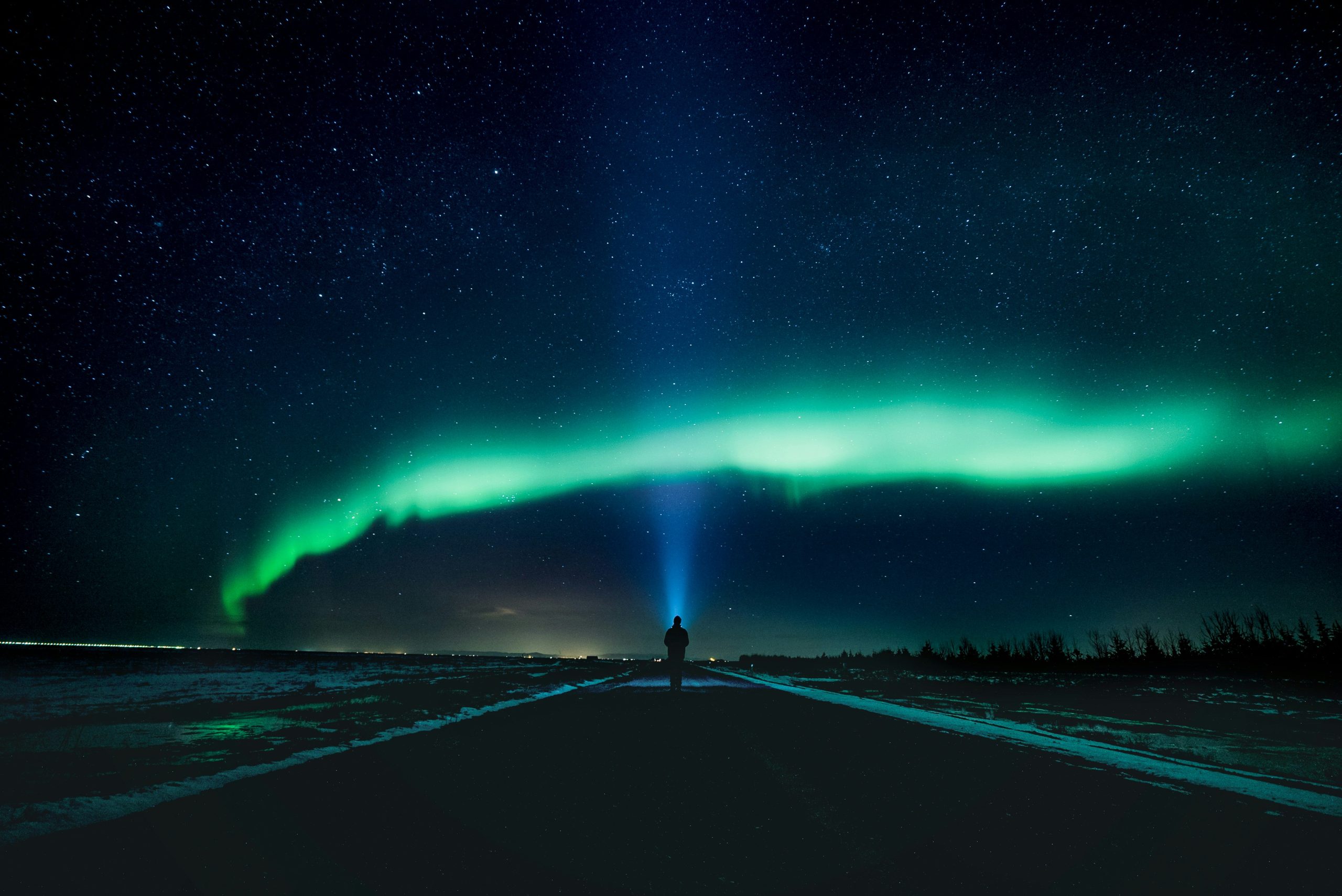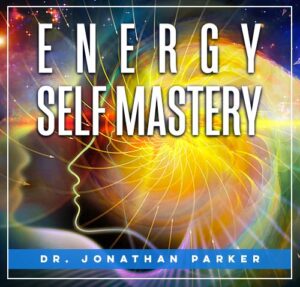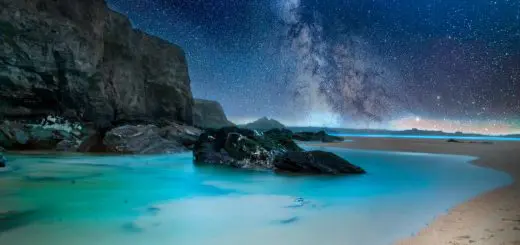Is Energy Real? Exploring the Science Behind It

Looking for more amazing products? Check out our online store and explore our collection here! Happy shopping!
Before diving in, please note: This post is for informational purposes only. If you’d like to know more about how we approach topics, feel free to check out our friendly Disclaimer Page.
Hey there, amazing readers! 
We’re committed to delivering quality posts, and your support (even just sticking around despite the ads) means everything to us. So, bear with us, and thanks for helping us keep the good vibes rolling. Now, on to the fun stuff!
TRANSLATE BUTTON AT THE END OF THE ARTICLE
A Quick Overview
Have you ever felt a rush of energy after a good night’s sleep?
Or perhaps noticed how a delicious cup of coffee can charge your batteries?
Energy is all around us, influencing our lives in countless ways.
But what does it really mean?
Is it just a buzzword we toss around, or is there something tangible behind it?
In this article, we’ll embark on a journey to explore the science of energy: where it comes from, how it works, and why it matters.
So, grab your favorite drink, sit back, and let’s dive deep into this fascinating subject!
Introduction: What Does ‘Energy’ Really Mean?
At its core, energy represents the ability to do work.
It’s the force that gets things moving, whether we’re talking about a falling apple or a speeding car.
Scientists define energy in various ways, depending on the context, but fundamentally, it’s about potential and motion.
Imagine energy as a currency of nature.
Just like money can be exchanged for goods and services, energy can be converted from one form to another.
It powers our homes, fuels our cars, and even keeps our bodies functioning.
Energy doesn’t just sit idly by; it changes forms.
A sunny day?
That sunlight transforms into heat.
A spinning wheel?
That kinetic energy can become electrical energy.
The point is, energy is dynamic and constantly in flux, which makes it so incredibly interesting!
A Brief History of Energy: From Aristotle to Einstein
The concept of energy isn’t new.
It traces back to ancient thinkers like Aristotle, who pondered motion and change.
Fast forward to the 17th century, and you’ve got Sir Isaac Newton, who provided the groundwork for classical mechanics and laid the foundation for understanding forces and motion.
The 19th century brought forth the industrial revolution, highlighting energy’s role in machines and engines.
Think steam engines!
Then came the genius of Albert Einstein.
His theory of relativity revolutionized our understanding of energy and mass, encapsulated in the famous equation E=mc².
This equation opened our eyes to the relationship between mass and energy, showing us that they are interchangeable.
How cool is that?
As we moved into the 20th century, scientists continued to push boundaries, leading to the discovery of new forms of energy, such as nuclear energy.
Each milestone in energy science not only expanded our knowledge but also had profound implications for technology and society.
Master your Energy and Awaken Your Spirit – start your journey here.
The Different Forms of Energy: An Overview
Energy isn’t just one-dimensional; it comes in various forms.
Here’s a quick breakdown:
Kinetic Energy: Energy of motion.
A moving car or a running child demonstrates kinetic energy in action.
Potential Energy: Stored energy based on position.
A book on a shelf has potential energy, waiting to fall.
Thermal Energy: Related to temperature.
Think of how hot soup gives off steam!
Chemical Energy: Found in the bonds of molecular compounds.
When you burn wood, it releases energy.
Electrical Energy: Powers our devices.
It flows through wires to light up our homes.
Nuclear Energy: Released during nuclear reactions.
This is the powerhouse behind nuclear reactors.
Understanding these forms helps us appreciate how energy flows in our world, impacting everything from nature to technology.
Kinetic and Potential Energy: The Basics Explained
Let’s dig a little deeper into kinetic and potential energy.
Kinetic energy is all about movement.
The faster an object moves, the more kinetic energy it possesses.
It’s like a rollercoaster: the thrill of the ride comes from the speed at which it hurtles down the track!
On the flip side, potential energy is like a coiled spring, packed with energy just waiting to be released.
The higher an object is positioned, the more potential energy it has.
Think of a boulder perched at the top of a hill.
It’s full of potential energy, ready to roll down and become kinetic energy as it gains speed.
These two forms of energy are interconnected.
An object can easily switch between kinetic and potential energy.
When you throw a ball into the air, it rises, gaining potential energy.
At its peak, it pauses for a moment, then comes crashing down, converting all that stored energy back into kinetic energy.
It’s a beautiful cycle, don’t you think?
Energy Conservation: Why It Matters in Science
Conservation of energy is a fundamental principle in physics.
It states that energy cannot be created or destroyed; it can only change forms.
This principle is crucial for understanding how systems operate, from engines to ecosystems.
Why does this matter?
For starters, it helps us predict how energy behaves in different scenarios.
This concept provides a framework for scientists and engineers to design more efficient systems.
For example, if we know energy is conserved, we can better understand how to optimize a car’s engine to make it more fuel-efficient.
Moreover, recognizing the conservation of energy can lead to innovations in technology.
By finding ways to capture wasted energy and redirecting it elsewhere, we can create sustainable solutions.
It’s like finding a hidden treasure in your garage – you’ve just got to know where to look!
The Laws of Thermodynamics: Energy in Action
The laws of thermodynamics are like the rulebook for energy.
There are four main laws, but let’s focus on the first two, as they’re the most talked about.
First Law (Law of Energy Conservation): This states that energy cannot be created or destroyed.
It can only change forms.
Think of it like a game of musical chairs; the energy moves around but doesn’t disappear.
Second Law (Law of Entropy): This law introduces the idea that energy naturally disperses or spreads out unless acted upon by an external force.
It’s like watching a room get messier over time; everything tends to scatter unless we tidy it up!
These two laws work together to explain how energy flows through systems.
They remind us that while we can harness energy, we must also be mindful of its limitations.
The Quantum Realm: Energy at the Atomic Level
Now, let’s take a leap into the microscopic world.
Master your Energy and Awaken Your Spirit – start your journey here.
At the atomic level, energy behaves differently.
Quantum mechanics is where things get really intriguing.
Particles can exist in multiple states at once, and energy levels are quantized.
Think of an atom as a tiny solar system, with electrons orbiting a nucleus.
Electrons can jump between energy levels, absorbing or emitting energy in the process.
This is how light is produced!
When an electron drops to a lower energy level, it releases a photon, creating visible light.
This fascinating interplay between energy and particles has not only expanded our understanding of the universe but has also paved the way for technology like lasers and semiconductors.
The quirky nature of energy at this scale gives birth to innovations that we use in our daily lives.
Renewable Energy Sources: A Greener Future Ahead
In our quest for sustainable energy, renewable sources shine brightly.
These are energies that can be replenished naturally, like solar, wind, hydro, and geothermal energy.
Solar Energy: Harnessing sunlight through solar panels.
It’s like capturing a ray of sunshine in a bottle!
Wind Energy: Using wind turbines to generate electricity.
It’s as if giant fans have sprung to life to power our homes.
Hydropower: Generating energy from flowing water.
Picture a waterfall, powering a generator as it tumbles down.
Geothermal Energy: Harvesting heat from the Earth’s core.
It’s like tapping into the Earth’s natural furnace.
Investing in renewable energy is not just a trend; it’s a necessity for a sustainable future.
These sources help reduce greenhouse gas emissions and combat climate change.
Plus, they’re often cheaper than fossil fuels in the long run.
Isn’t that a win-win?
The Role of Energy in Everyday Life: A Cheerful Look
Let’s bring it back to our daily lives.
Energy is everywhere!
From the moment we wake up to the time we hit the bed, it shapes our routines.
Morning Coffee: That caffeine jolt?
It’s energy in liquid form!
Cooking: Whether it’s gas or electric, energy fuels our meals.
Transportation: We rely on energy to get us from point A to B.
Think about it – cars, buses, trains; they all need energy.
Entertainment: Streaming your favorite show?
You’re consuming energy without even realizing it.
Energy drives our modern lifestyle.
Understanding its importance encourages us to make smarter choices, like conserving energy or opting for renewable sources.
Common Misconceptions About Energy Debunked
With so much information out there, it’s easy to fall prey to misconceptions about energy.
Let’s clear the air on a few:
Misconception 1: Energy is just electricity.
Nope!
Energy exists in many forms, including heat and kinetic energy.
Misconception 2: Renewable energy isn’t reliable.
Not true!
With advancements in technology, renewable sources are becoming more stable and efficient.
Misconception 3: Energy conservation is only for the environmentally conscious.
Wrong again!
It helps everyone save money on utility bills.
By recognizing these myths, we can better understand and appreciate the energy systems that power our lives.
Exploring Energy Efficiency: Tips for Everyone
Energy efficiency is all about using less energy to perform the same tasks.
Here are some practical tips to boost energy efficiency in your daily life:
Switch to LED Bulbs: They consume less energy and last longer than traditional bulbs.
Unplug Devices: Electronics consume energy even when off.
Unplug chargers and appliances when not in use.
Use Energy-Efficient Appliances: Look for the ENERGY STAR label when shopping for new appliances.
Seal Leaks: Drafty windows and doors let out heat.
Fixing these can save on heating costs.
Mind Your Thermostat: Adjusting it by just a few degrees can lead to significant savings.
By making simple changes, we can reduce our energy consumption and save a few bucks while we’re at it!
Conclusion: Embracing the Wonders of Energy
So, is energy real?
Absolutely!
It shapes our universe, fuels our lives, and connects everything from atoms to galaxies.
Whether we’re harnessing the sun’s rays or appreciating the power of a simple cup of coffee, energy is the key that unlocks countless possibilities.
As we move towards a more sustainable future, understanding energy becomes essential.
By embracing renewable sources and promoting energy efficiency, we can ensure a brighter, greener tomorrow.
So let’s celebrate energy – it’s not just a scientific concept; it’s a vibrant part of our everyday lives.
So here’s to energy, in all its forms!
Cheers!

The Enlightenment Journey is a remarkable collection of writings authored by a distinguished group of experts in the fields of spirituality, new age, and esoteric knowledge.
This anthology features a diverse assembly of well-experienced authors who bring their profound insights and credible perspectives to the forefront.
Each contributor possesses a wealth of knowledge and wisdom, making them authorities in their respective domains.
Together, they offer readers a transformative journey into the realms of spiritual growth, self-discovery, and esoteric enlightenment.
The Enlightenment Journey is a testament to the collective expertise of these luminaries, providing readers with a rich tapestry of ideas and information to illuminate their spiritual path.
Our Diverse Expertise
While our primary focus is on spirituality and esotericism, we are equally passionate about exploring a wide range of other topics and niches 

To ensure we provide the most accurate and valuable insights, we collaborate with trusted experts in their respective domains 
Our blog originally focused on spirituality and metaphysics, but we’ve since expanded to cover a wide range of niches. Don’t worry—we continue to publish a lot of articles on spirituality! Frequently visit our blog to explore our diverse content and stay tuned for more insightful reads.
Hey there, amazing reader! 
Check out our store here and take a peek at some of our featured products below! Thanks for being awesome!













